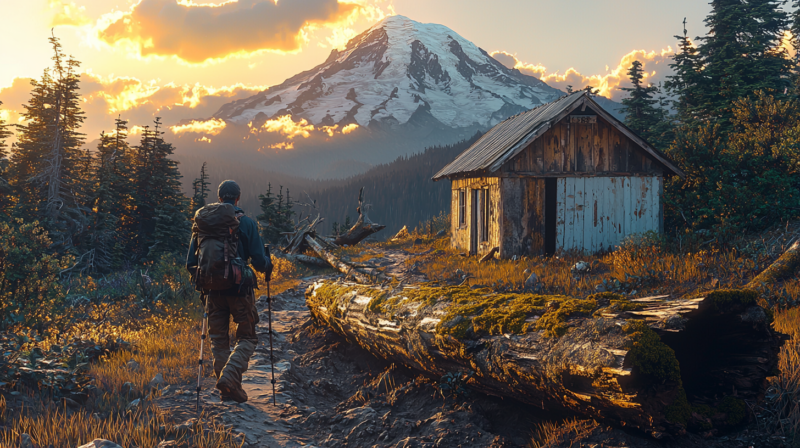Adventure photography is about seizing the exhilaration of outdoor pursuits, immortalizing moments of daring feats, and conveying the raw beauty of nature. Whether you’re documenting a climber’s ascent, a kayaker’s plunge, or a mountain biker’s descent, mastering the art of capturing these dynamic scenes requires a blend of technical skill, preparation, and creativity. This guide delves into essential techniques and considerations to help you capture compelling action shots in the great outdoors.
Understanding Your Equipment
To effectively freeze moments of action, it’s crucial to familiarize yourself with your camera’s capabilities and settings.
Camera and Lens Selection
- Camera Body: Opt for a camera with a high continuous shooting speed (burst mode) and fast autofocus to track moving subjects efficiently.
- Lenses: Utilize fast telephoto lenses with wide apertures (e.g., f/2.8 or f/4) to allow more light and achieve a shallow depth of field, isolating the subject from the background.
Essential Settings
- Shutter Speed: Use fast shutter speeds (e.g., 1/500s or higher) to freeze motion.
- Aperture: A wider aperture (lower f-number) helps in low-light conditions and creates a pleasing background blur.
- ISO: Adjust ISO to balance exposure; higher ISO settings may be necessary in low-light scenarios but can introduce noise.
Mastering Composition and Lighting
Beyond technical settings, the artistry of adventure photography lies in composition and the effective use of light.
Composition Techniques
- Rule of Thirds: Position key elements off-center to create balanced and engaging images.
- Leading Lines: Use natural lines to guide the viewer’s eye toward the subject.
- Perspective: Experiment with various angles and distances to add depth and interest.
Lighting Considerations
- Golden Hours: Shoot during early morning or late afternoon for soft, warm light that adds drama and reduces harsh shadows.
- Backlighting: Position the light source behind the subject to create silhouettes or highlight edges, adding depth to the image.
Anticipating and Capturing the Moment
Action photography demands anticipation and readiness to capture split-second moments.
- Know the Activity: Understanding the nuances of the sport or action helps in predicting movements and positioning yourself optimally.
- Continuous Shooting Mode: Utilize burst mode to capture a sequence of images, increasing the chance of obtaining the perfect shot.
- Prefocusing: Anticipate the action by prefocusing on a spot where the subject is expected to be, reducing focus lag.
Safety and Ethical Considerations
While striving for the perfect shot, it’s imperative to prioritize safety and ethical practices.
- Personal Safety: Be aware of your surroundings and avoid taking unnecessary risks that could lead to injury.
- Respect for Subjects: Obtain consent when photographing individuals and avoid disrupting wildlife or natural habitats.
- Leave No Trace: Ensure that your presence doesn’t negatively impact the environment.
Adventure Awaits—Be Ready to Capture It
Capturing epic action shots in adventure photography is a harmonious blend of technical proficiency, creative vision, and respect for the environment. By mastering your equipment, understanding compositional and lighting techniques, and anticipating the decisive moments, you can create compelling images that encapsulate the spirit of adventure and the majesty of the outdoors.



